How to prevent hydraulic hose failure
There are many reasons a hydraulic hose can fail, but often, the most common failures could have been avoided. The most common causes of failure are abrasion, poor routing, high temperatures, tube erosion, bent hoses near fittings, fluid incompatibility and improper assembly. Hydraulic hose failures are serious matters, regardless of which industry or type…
There are many reasons a hydraulic hose can fail, but often, the most common failures could have been avoided.
The most common causes of failure are abrasion, poor routing, high temperatures, tube erosion, bent hoses near fittings, fluid incompatibility and improper assembly. Hydraulic hose failures are serious matters, regardless of which industry or type of equipment is involved. Hose failure can cause the shutdown of machines and entire systems, resulting in downtime, expensive repairs and financial loss. If high pressures are involved, there is also the potential risk of injury to employees when hoses burst.
At HOS, we know how to protect your hoses, keep your machinery running smoothly (and therefore your business!) and reduce costly downtime, here are our top suggestions:
Erosion
A nomogram should be used to determine the proper hose size based on the recommended maximum velocities. You should ensure the hose assembly is not bent too tight for flow and that the fluid medium is not too abrasive for the inner tube of the hose. It is important to follow the maximum bend radius noted in the engineering specifications for each hose, as well as diameter, during the assembly process.
Fluid compatibility
Verify that the fluid is not only compatible with the inner tube, but also the outer cover, fittings, and even O-rings.
Bend Radius Problems
Hose assemblies can fail relatively quickly if the minimum bend radius is not met.
In vacuum or suction applications, if the bend radius is exceeded, the hose may tend to be flat in the bend area, this will hinder or restrict flow. If the bend is severe enough, the hose may kink. To prevent minimum bend radius hose failures, double-check the recommended bend radius. Replace hose assemblies and change routing, length, or fittings to route the hose within the published minimum bend radius if they do not comply.
Improper assembly
Contamination can cause several problems for a hydraulic hose assembly. When cutting a hose, metal particles and debris can settle inside the hose if not properly flushed. This abrasive debris left in the hose will contaminate the hydraulic system. It can also cause small fractures to develop on the inner tube of the hose assembly, resulting in leakage.
When the hoses are cut to size, they must be carefully cleaned and flushed to prevent contamination by abrasive debris that is left behind. The inner tube should be as clean as possible, and the ends of the hoses should be clamped after the fittings have been crimped into place.
Abrasion
Hydraulic hoses are put through rigorous applications every day, which eventually take their toll. To minimize abrasion, some hoses have plasticizers added to the material that makes up the hose cover. If there are specific problem areas, a plastic guard or nylon sleeve can be used to protect the hose.
Heat ageing
In order to prevent overheated hydraulic hose assemblies, confirm hoses are rated for the temperatures required by your application. If heat exposure cannot be avoided, consider the use of heat guards over the hoses.
For more information on how HOS can help with your hose requirements and help prevent machinery downtime contact us at hos@hos.co.uk


